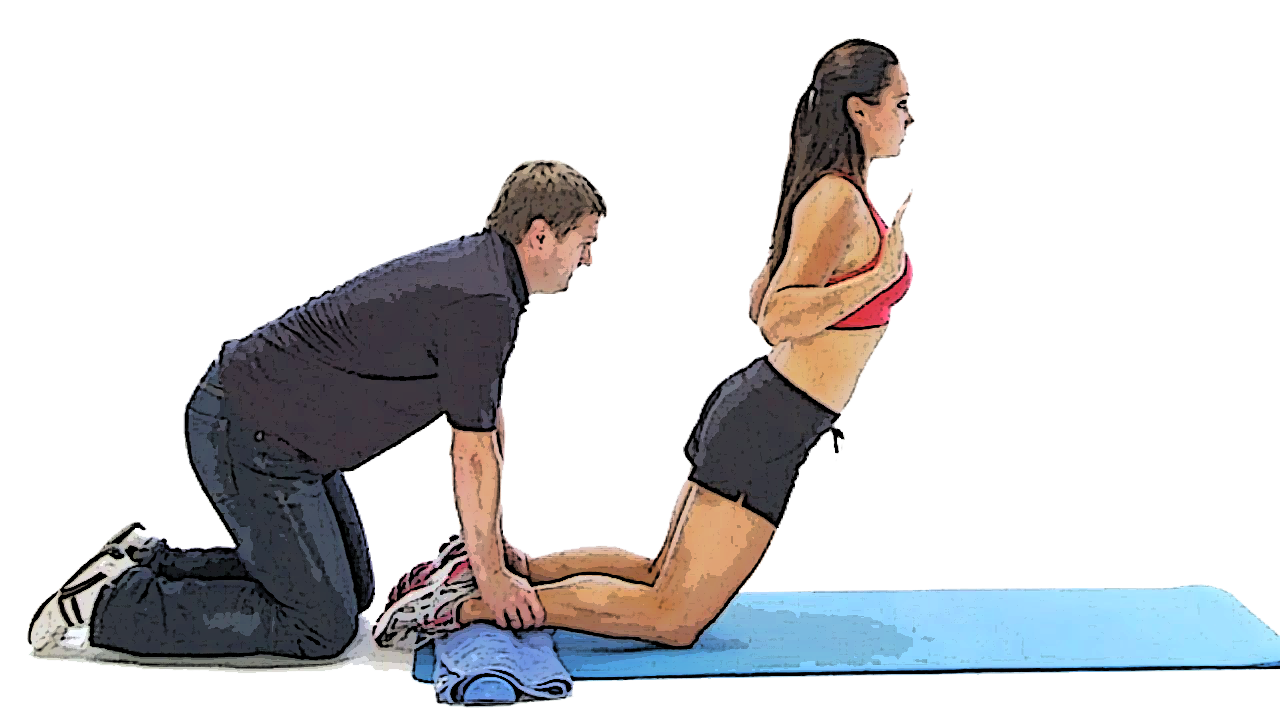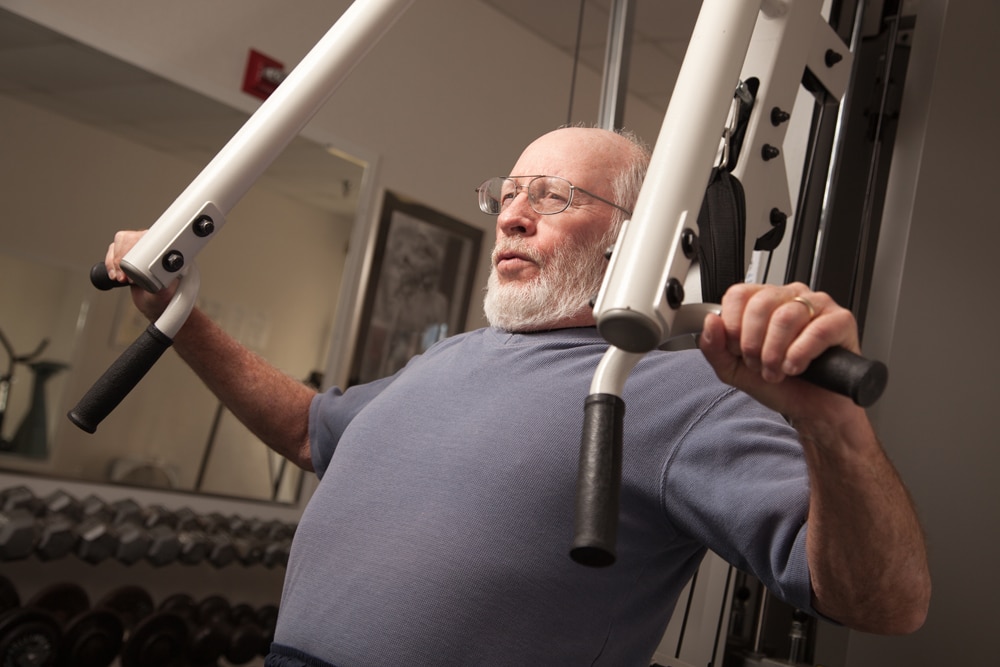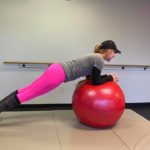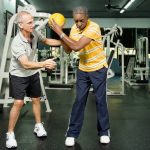This may sound wonky but I believe it highlights a few training considerations fitness pros and acolytes might consider.
First of all, when it comes to strength or resistance training (RT), as compared to aerobic or cardiovascular training (AT), we have thousands of studies over dozens of years from all over the world on which to fall back. That is because AT didn’t become a big deal until the late 1960s and early 1970s when Ken Cooper popularized the phrase ‘aerobics’ to identify both the nature of endurance activity, like running, and its multitude of health benefits.
Too, strength has always been more admirable in mankind’s eyes as testified by such mythic characters as Samson and Hercules.
After all, how many people can name the guy who ran the first so-called marathon? (Answer: Philippides (though some think it’s Pheidippedes), who ran from Athens to Marathon to convey a message that the Persians got whupped at the Battle of Marathon.)

But we all agree that you have to exert against some resistance – hence, resistance training – with enough effort to make the muscles tired. But there’s still controversy as to how often, how hard, and how fast one has to exert to derive benefits.
Finally, as we search for answers to these questions, we are constantly trying to find new ways to develop better techniques by which to influence the general public to engage in exercise; this is pushing the envelope toward less is good, some is better, and more may be too much.
So when a press release on a study that seemed to demonstrate that fast contractions – 40 per day, thrice per week, for three months – were better and maybe more tolerable than slow contractions, not just for athletes but for older people and even those with arthritis, we trainers took notice.
But I, the skeptic, felt it necessary to delve further. as it all seemed too good to be true. Below is the study as it came across the media:

Why too good to be true? Because we know the strength gained at different speeds of contraction is different than at other speeds. For athletes and the elderly, more ‘power’, strength with speed, is useful but can be garnered by exerting with heavy weight at slower speeds as if trying to go fast or by exerting at higher speeds at low resistances.
But for pure strength and especially for more hypertrophy, which is muscle mass, both of which are necessary for the aging population and especially those with atrophy due to disease or dysfunction, we know that low resistances may not be sufficient.
Hence, this press release confounded my understanding. High speed training is valuable for young and old alike but the release did not show exactly how the study was conducted. So I looked up the study’s origins and found this:

As you can see, the exercises were done isometrically. That means, the subjects exerted with their lower leg pressed against a pad which measured the quadriceps force. Some exerted quickly (fast training) while others did a sustained (slow) contraction. The results speak for themselves BUT do not necessarily speak to a viable training technique; nor do they address the strength gains through the range of motion the knee is able to make. Thus, they may not be as applicable as they first seemed.
It is for these reasons that I would suggest all trainers, and their clients, go to the source for any information they read, especially on the internet. The headlines and even the stories are eye-catching but the ‘rest of the story’, as Paul Harvey used to say, is in the details.
And the details from these reports offer us nothing but interesting possibilities. If you want to get stronger, there are three basic rules or principles, and how you get there depends on your starting point and your optimal ending point:
Resistance – anything that offers a joint’s ability to move some impediment to movement. This could be free weights, machines, electromechanical devices, springs, elastic bands or just gravity.

Overload – lifting more than your muscles ordinarily lift, in both a load that weighs more than your muscles ordinarily lift or a load your muscles have to lift several times before it tires.
Specificity – the effect of a training program depends on the specific types of resistances lifted and the kinds of overloads presented.
Thus, if you want to lift safe and not get too strong, use a light load but do many repetitions. If you want to get stronger but not too bulky – recognizing women and the elderly can’t bulk up nearly as well as a young male with testosterone flowing through his veins – lift moderate weights with moderate numbers of reps.
If you want to get more powerful, use much heavier weights and don’t do too many reps but try to lift them fast; or use lighter weights – 30-50% of your maximum – and lift them really fast.
But by all means, lift through as full a range of motion as possible in order to optimize strength gains. This ensures that you are able to exert force at any angle of a joint’s range, which means you will be able to get up from a chair or from the floor, no matter where you’re reading this.















